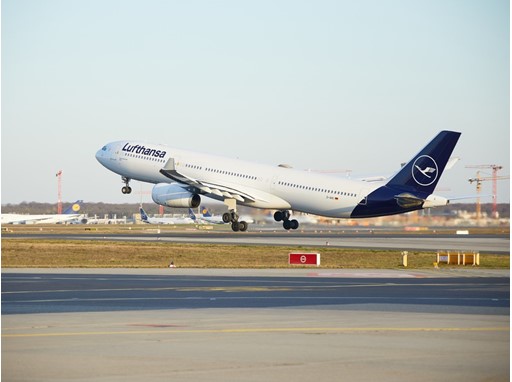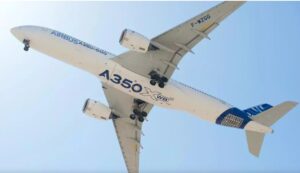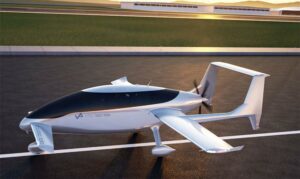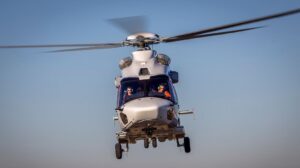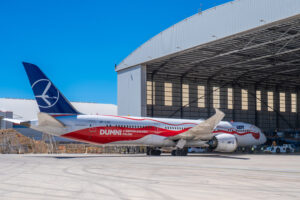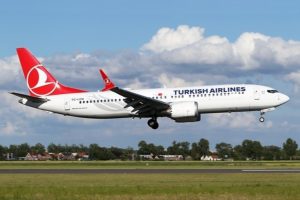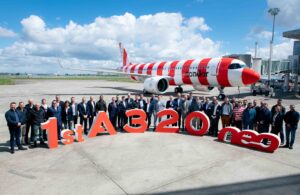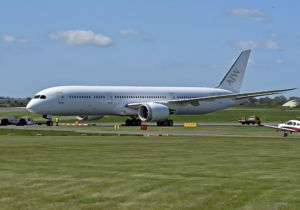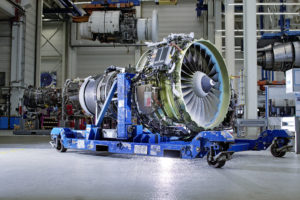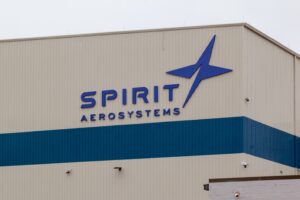The resurgence of the coronavirus across parts of Europe has further hit airlines as long-haul routes and business travel remain stagnant. Germany’s Lufthansa has been particularly hard hit through its particular reliance on demand for Asian flights and now anticipates operating at between 20% and 30% capacity for the fourth quarter of the year.
As a consequence, the flag-carrying airline intends to further reduce its fleet of aircraft by 150 instead of 100 aircraft. In addition, job cuts are likely to well exceed the 22,000 full-time posts that have been earmarked as surplus to requirements. Lufthansa has also struggled to deal with the new travel bans and quarantines that have been sporadically issued by individual European states and, like easyJet, has been critical of the lack of a pan-European strategy on travel. The replacement of quarantines with pre-flight virus tests is “an essential prerequisite” to a recovery, Lufthansa said.
Lufthansa will see eight Airbus A380s and ten A340 aircraft put in long-term storage. IBA, the aircraft valuation specialist, has let it be known it anticipates that over 1,000 aircraft are likely to be returned to lessors in 2021.
With regard to redundancies, Lufthansa had hoped that by reducing pay and hours, together with a limited number of compulsory redundancies would help to stem the rate of cash burn, but has now been forced to approach the Verdi union to discuss further job cuts in an attempt to further reduce that cash burn from €500 million (US$590 million) a month to €400 million (US$470 million) a month. “It’s clear to everyone that Lufthansa can’t go on without cuts,” said Mira Neumaier, a Verdi spokesperson, adding that “job cuts alone will not save the company”.

